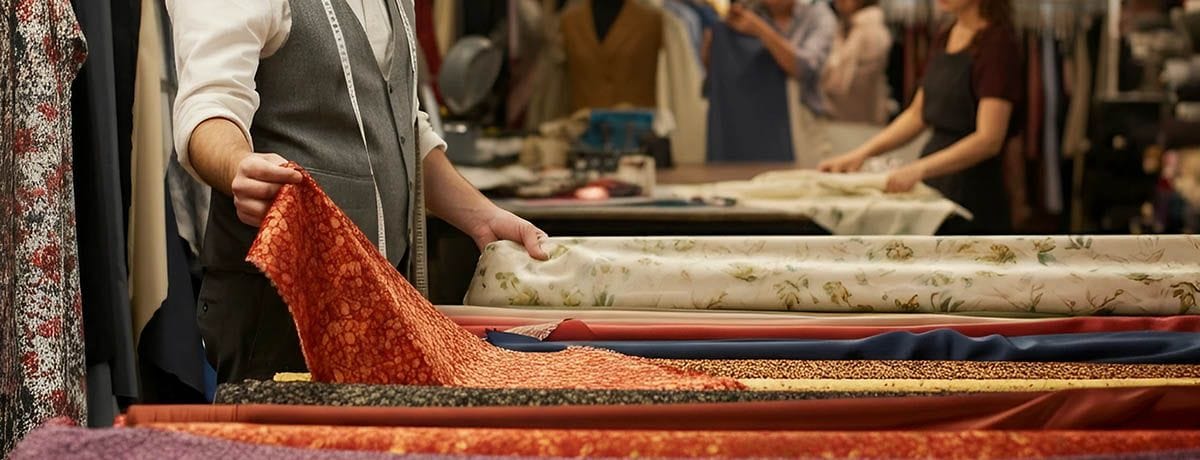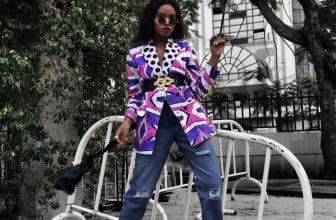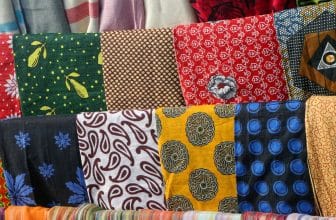How to Identify Fabric Quality Before You Buy: A Complete Guide

Introduction
If you’ve ever bought a fabric that looked perfect in the store but felt disappointing after a few washes, you’re not alone.
The secret to choosing long-lasting, luxurious textiles isn’t luck — it’s knowledge.
Knowing how to identify fabric quality can save you money, frustration, and help you create pieces that truly stand the test of time.
Here’s a detailed, practical guide to spotting the difference between ordinary and exceptional fabrics.
1. Start with the Fiber Content
Everything begins with the fiber.
Natural fibers like cotton, silk, wool, and linen usually offer breathability, softness, and comfort. Synthetic ones like polyester, nylon, or rayon can add strength and stretch — but not all blends are equal.
High-quality fabrics often combine natural and synthetic fibers strategically, balancing comfort, durability, and shape retention.
Always read the label and understand what each fiber contributes.
2. Feel the Fabric — Don’t Just Look
One of the easiest signs of high-quality fabric is how it feels in your hands.
A premium textile should feel substantial yet smooth, soft but firm enough to hold its shape.
Rub it lightly between your fingers — does it feel silky or scratchy? Stretch it gently — does it bounce back or lose form?
Your touch can reveal a lot about a fabric’s weave, density, and fiber quality.
3. Examine the Weave and Finish
Look closely at the weave pattern.
A well-woven fabric will have tight, even threads that sit closely together, without loose ends or irregular gaps.
If you can easily see through the weave, it might not last long.
Also, check for the finishing — high-quality fabrics are pre-shrunk, mercerized, or treated for smoothness and durability.
That polished surface isn’t just for looks; it’s a sign of professional processing.
4. Do a Simple Strength Test
You don’t need fancy equipment to test fabric before buying.
Gently pull the fabric between your fingers — if it feels weak, tears slightly, or warps, it’s likely low-quality.
Another test? Crush a small corner in your hand.
If it wrinkles instantly and stays that way, it might not be ideal for structured designs (though some natural fibers like linen are naturally wrinkly — which is part of their charm).
5. Watch the Color and Print Quality
Color says a lot about quality.
High-end fabrics hold dye evenly — there shouldn’t be blotches or dull spots. Prints should align perfectly at seams and edges.
To test, rub a damp white cloth gently on the fabric. If color transfers, it’s a sign the dye isn’t properly set and may fade after washing.
6. Observe the Edge and Selvedge
The selvedge — the tightly woven edge on both sides of the fabric — reveals craftsmanship.
A neat, firm selvedge shows careful weaving and balanced tension, which means less fraying over time.
If the edges look messy or uneven, that fabric likely came from a lower-quality batch or an inconsistent loom.
7. Ask About Shrinkage and Maintenance
Good-quality fabrics are tested for shrinkage, pilling, and wash resistance before reaching the market.
Don’t hesitate to ask your supplier if the material has been pre-washed or treated.
Premium fabrics often come with clear maintenance instructions — because they’re built to last.
Closing Thoughts
Understanding how to identify fabric quality is one of the most valuable skills for anyone working with textiles.
It turns every shopping trip into an informed, confident experience — where you choose fabrics that not only look good but perform beautifully.
At WeFabrics, we believe great design begins with great material.
When you start with quality, every stitch, cut, and drape feels effortless — and that’s the real secret behind timeless style.






